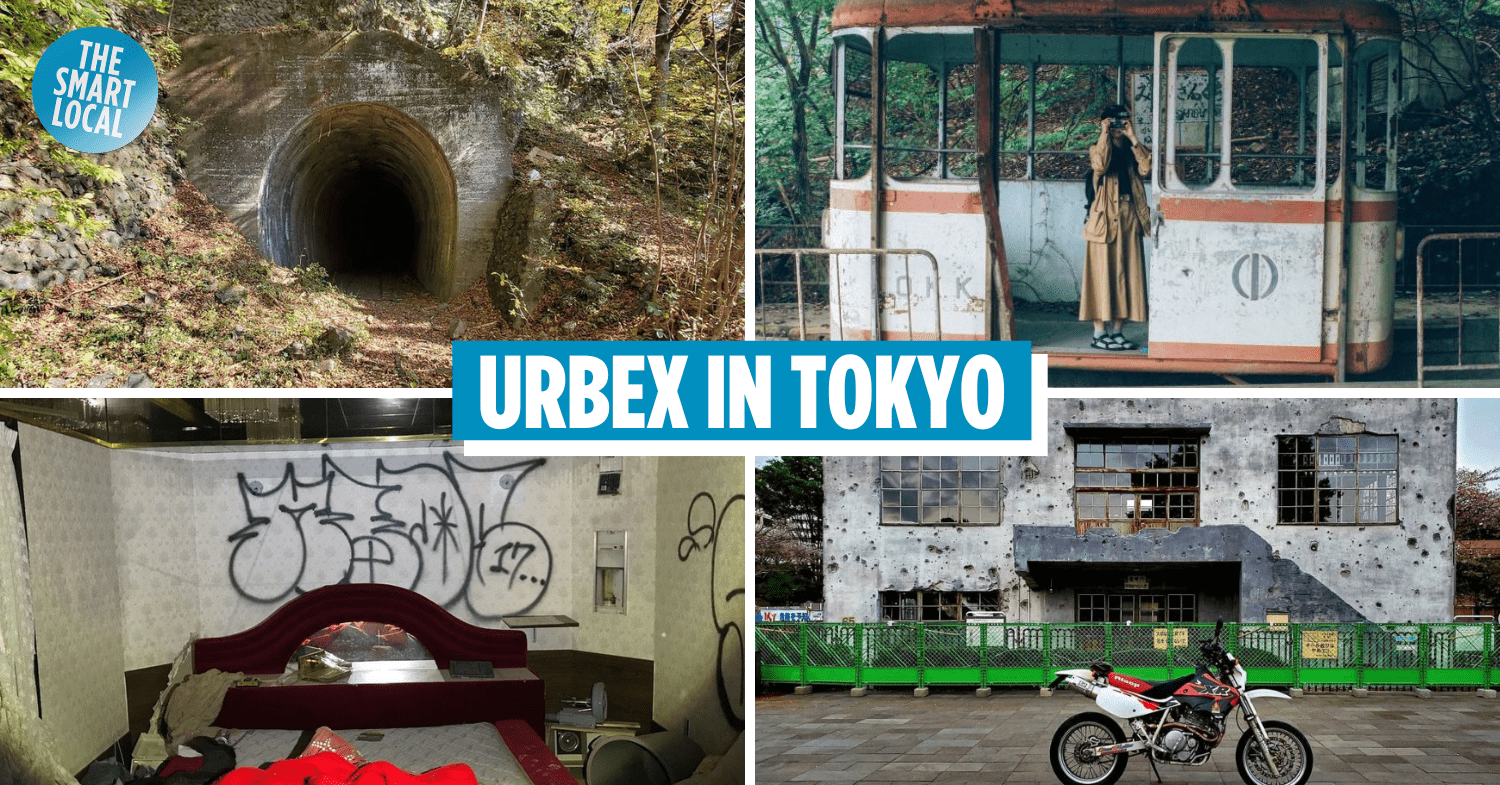Abandoned places in Tokyo
Even if you’ve been to Tokyo countless times, we bet you haven’t had a chance to explore beyond the shopping streets, standing sushi bars, and hundreds of Japanese shrines. Well, those looking for an unconventional trip to Japan can consider exploring these abandoned places in Tokyo.
Not for the faint-hearted, some of these spots or haikyo (廃墟) meaning ruins, look straight out of a horror movie, while others have been witnesses to actual crimes.
What you need to know before exploring abandoned places in Tokyo
Exploring abandoned places is not so much illegal in Japan as it is a grey area worth probing. Having said that, you must be careful not to break or take anything from the compound or from within said buildings. And private properties that are fenced up or cordoned off are strictly out of bounds, so don’t enter them as it will be considered trespassing which is a punishable offence.
Another thing to keep in mind is that these buildings are old and crumbling, so to be safe, it is best to observe them from a distance and avoid entering them altogether. If you’re wondering why there are so many abandoned properties in Japan, it is because of the increase in the number of people moving to cities, leaving the countryside emptier over the decades.
For those who can’t pass up such adventures, here are the places you need to add to your next Japan itinerary.
Table of Contents
- Abandoned places in Tokyo
- What you need to know before exploring abandoned places in Tokyo
- 1. Mizune Freight Line
- 2. Okutama Ropeway
- 3. Tama Tech
- 4. Miyazawa family home
- 5. Former Sobu Hospital
- 6. Former Hitachi Aircraft/Tachikawa Factory Transformer
- 7. Old Old Fukiage Tunnel & Teahouse
- 8. Okutama Industrial Nichihara Dormitory
- 9. Hotel Quin
- Bonus: Hachijo Royal Hotel
1. Mizune Freight Line
Abandoned train tunnel out of an apocalypse movie
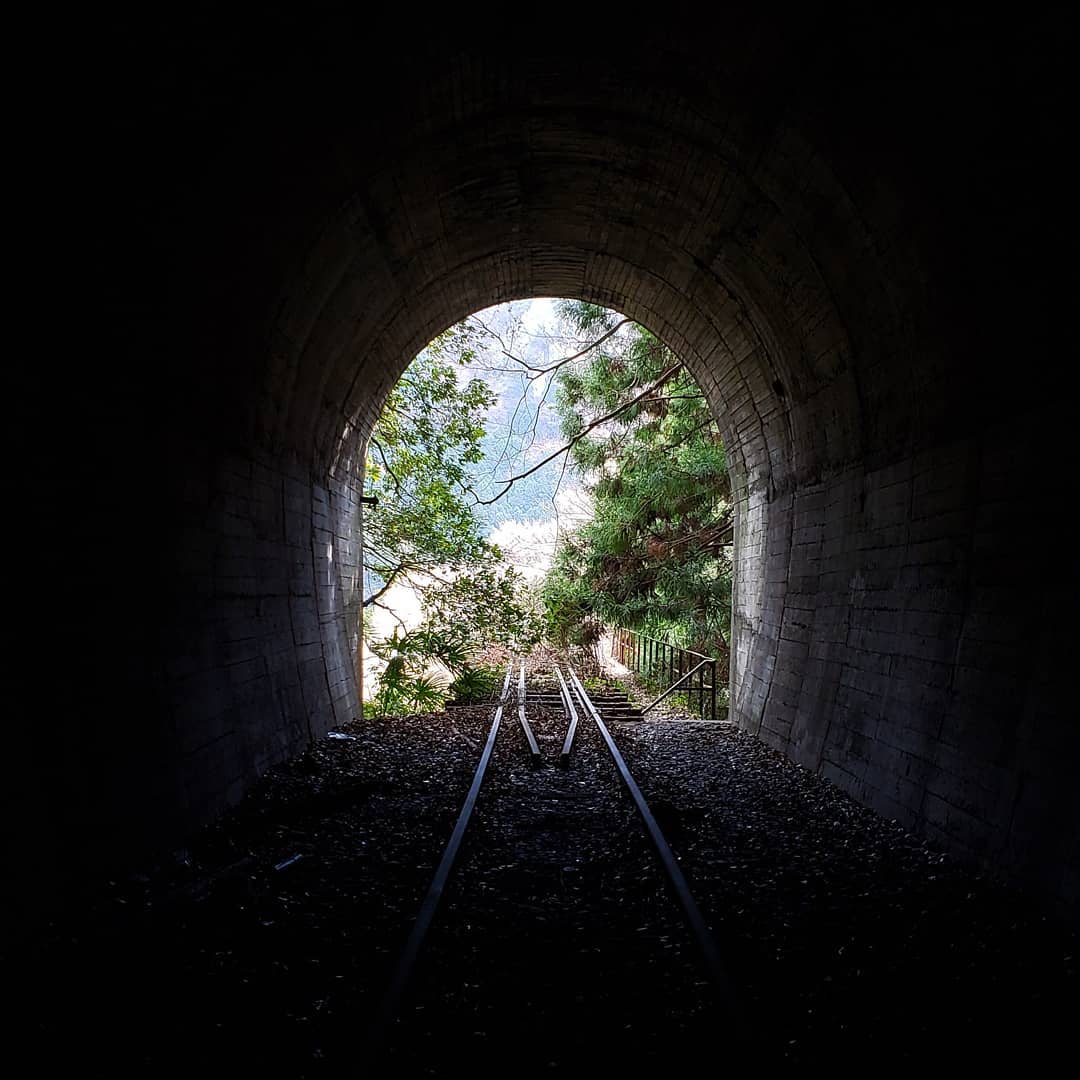
Image credit: @yoshidont_mind via Instagram
80 years ago, Tokyo was facing a water crisis so they turned to Lake Okutama to construct a dam. There was only one problem: the terrain was rough with steep slopes, making it difficult to transport the materials needed to build a dam there. Hence, the Mizune Freight Line was built to bridge that distance between Oku-Tama Station and the lake.
This 6.7km-long freight line transported construction materials from a nearby village to be used for the Ogouchi Dam. Construction of the line was suspended during WW2 before resuming in 1945 and the dam opening in 1952. Government officials hoped that it could be commercialised after construction was complete.
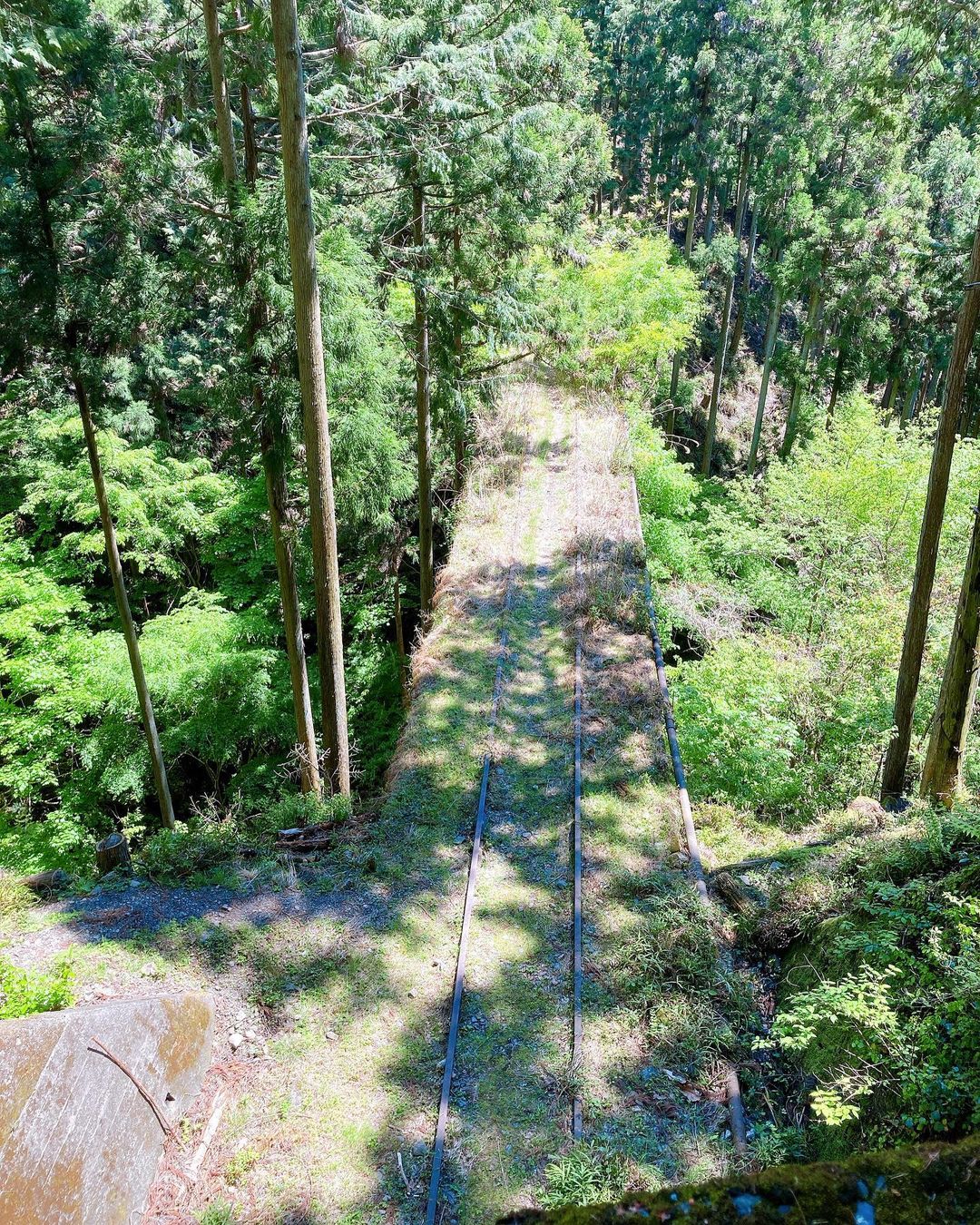
Image credit: @n.ne_ko via Instagram
Unfortunately, a train accident that saw it tumble 200m and cause 6 deaths, coupled with the depreciating value of freight trains, meant that it wasn’t long before it became obsolete. The line has never been officially discontinued, so it’s been on hiatus with more than 80 years of vegetation shrouding it.
Be careful when walking along the abandoned railway tracks as most of the wood is rotting, and you’ll have to cross several dark tunnels as well as bridges. You can also bring a flashlight to spot any animals hiding in the dark corners.
Getting there: Take the Ome Line to Oku-Tama Station, then walk along the Okutama Mukashi Michi hiking course until you find a promenade that intersects with the railroad tracks.
Find Mizune Freight Line on Google Maps
2. Okutama Ropeway
Spooky cable car station from the 1960s
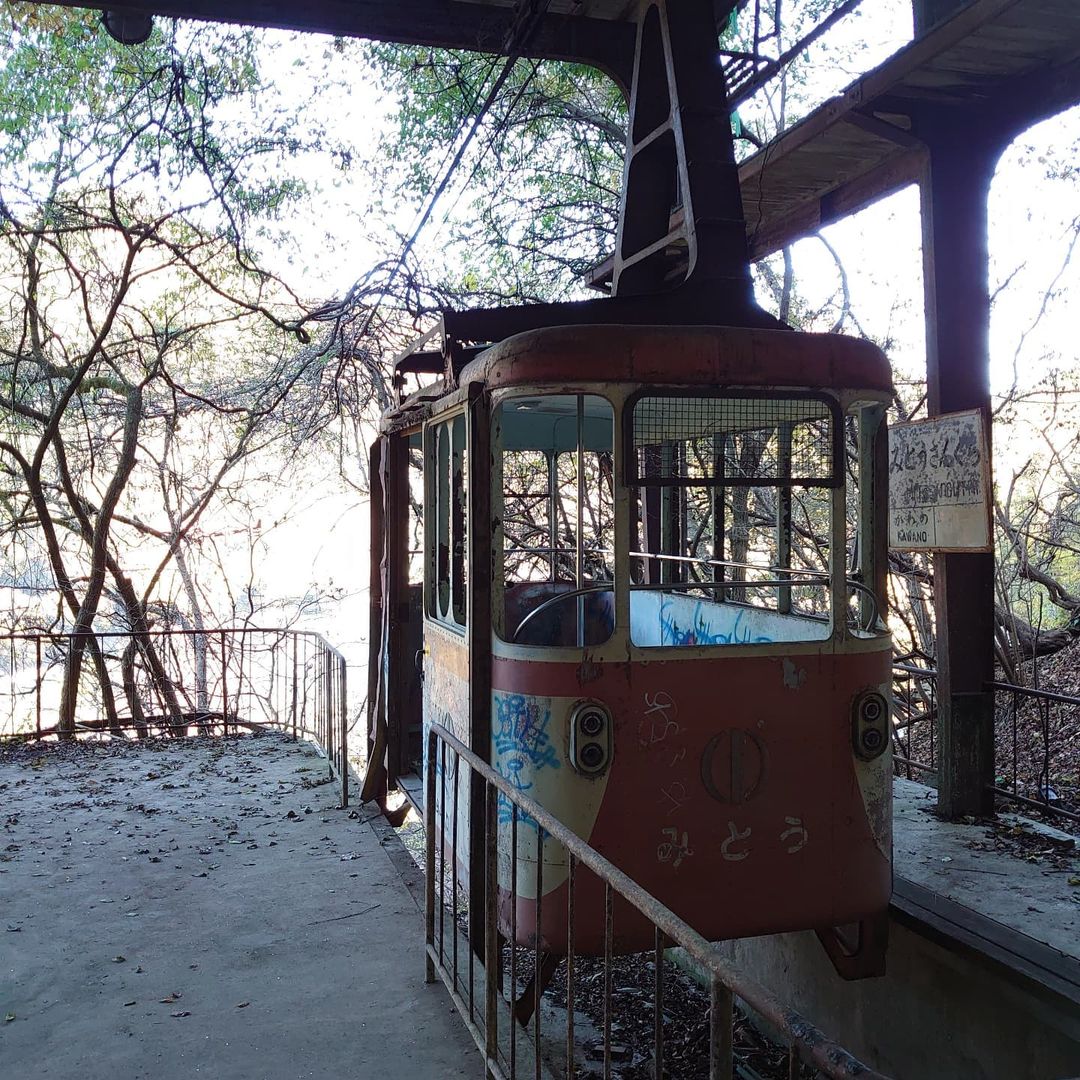 Image credit: @yamashitayasutaka via Instagram
Image credit: @yamashitayasutaka via Instagram
If you’re visiting the Mizune Freight Line, check out this spot as it’s just further down the lake. Okutama Ropeway, also known as Kawano Ropeway, was built before the 1964 Tokyo Olympics. During the games, it transported a maximum capacity of 36 people in just 3 minutes over a short distance of 600m across Lake Okutama.
After the Olympics ended, bridges along the same route like Mitobashi and Miyamabashi bridges were constructed, rendering the ropeway obsolete. This spot is famous amongst ruins activists for aesthetic gloomy pictures against its abandoned backdrop.
Do note that some areas of the station itself are fenced up so do not trespass.
Getting there: Take a 40-minute bus ride using buses 9, 10, or 11 from Oku-Tama station to before Mito Bridge, then walk 12 minutes to the ropeway.
Find Okutama Ropeway on Google Maps
3. Tama Tech
Dystopian adventureland
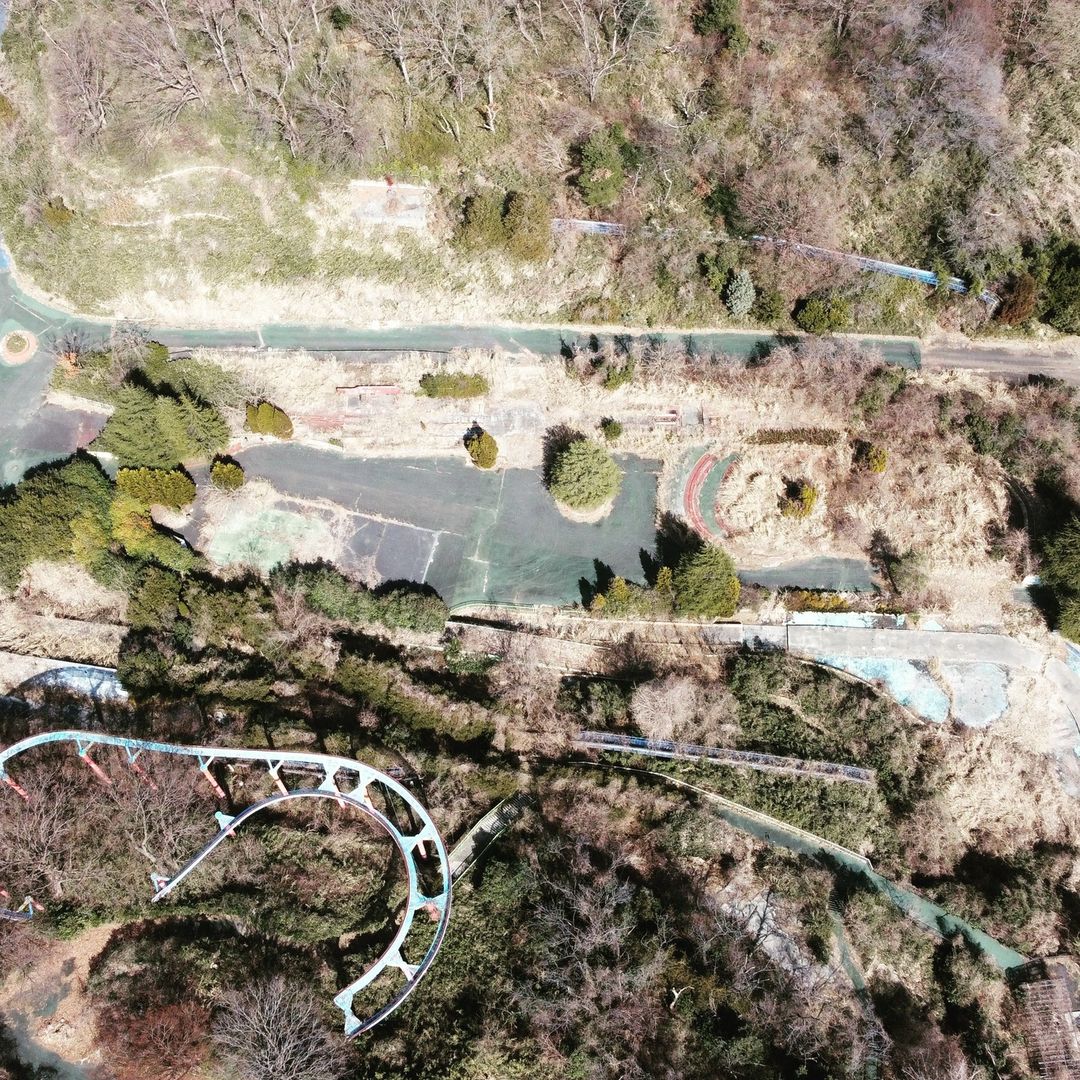 Image credit: @saimon07403 via Instagram
Image credit: @saimon07403 via Instagram
Roller coasters, Ferris wheels, motorsports, go-kart courses, and even hot springs – Tama Tech had everything … except for customers. Having been around since the 1960s, it initially started off as a motorsports park by Hondo Motors.
Before the park’s opening, monkey bikes from the company were trial-tested here too. Unfortunately, a visitor was killed after falling from his motorcycle not long after the park opened.
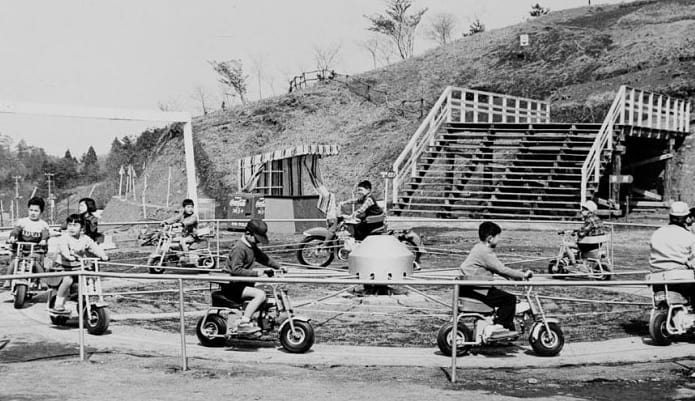
Image credit: @monji6410 via Instagram
It then rebranded itself as Tama Tech and was a hotspot for elementary school holiday programs. However, the opening of theme parks such as Tokyo DisneySea and Universal Studios Japan also sealed its fate, leading it to be officially closed in 2009. The place now sits untouched in Hino City, Tokyo, and most of the area has been fenced up.
You may be wondering why they haven’t taken it down yet. The numerous bird sightings of rare goshawks and king orchids have prevented the area from being demolished out of fear it will wipe out their habitat. Go to the top of the hill at Hirayama Joshi Park to get a good view of what once was. You can also peek through the holes in the fence to spot the ruins.
Getting there: Take the Inokashira Line Express to Meidaimae Station. Switch to the Keio Line and take it to Hirayama Joshi Koen Station, then walk 10 minutes to Tama Tech.
4. Miyazawa family home
20 year long national tragedy
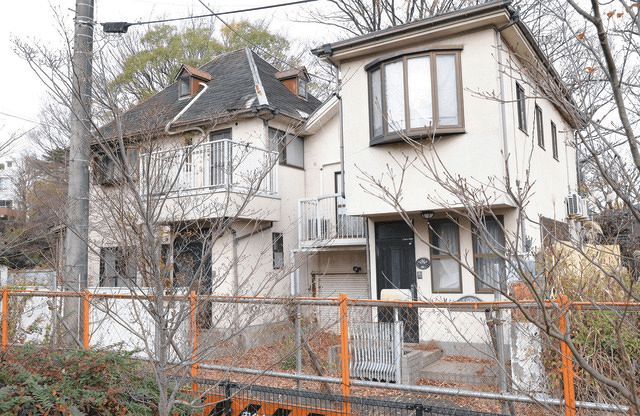
Screenshot from: X survey via YouTube
A day before New Year’s Eve in the year 2000, the Miyazawa family were sound asleep when someone invaded their home and brutally murdered everyone. We’ll spare you the details, but they were found by the Miyazawa’s mother the next morning.
To add insult to the injury, the criminal ate food out of their fridge, slept on their couch, and even did his business in the bathroom before leaving. Unfortunately, the police weren’t able to catch the killer despite a nationwide manhunt, leaving the tragedy unsolved for over 20 years.
The Miyazawa family.
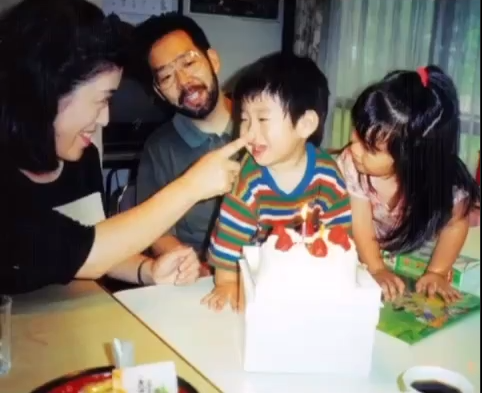
Image credit: @darkandlife via Instagram
On the 20th anniversary of the killings, the sister-in law of the victims temporarily opened up the home to the public as a plea to authorities that the house not be demolished, as it is still an active crime scene. The house is a short walk from Soshigaya Park which was one of the escape routes the killer allegedly took.
Please be respectful when visiting, and do not trespass as the house is now closed to the public and the area is patrolled regularly.
How to get there: Take the Keio Line to Chitose-Karasuyama Station and then walk 15 minutes to the family home.
Find Miyazawa family home on Google Maps
5. Former Sobu Hospital
Mental institution that was shut down
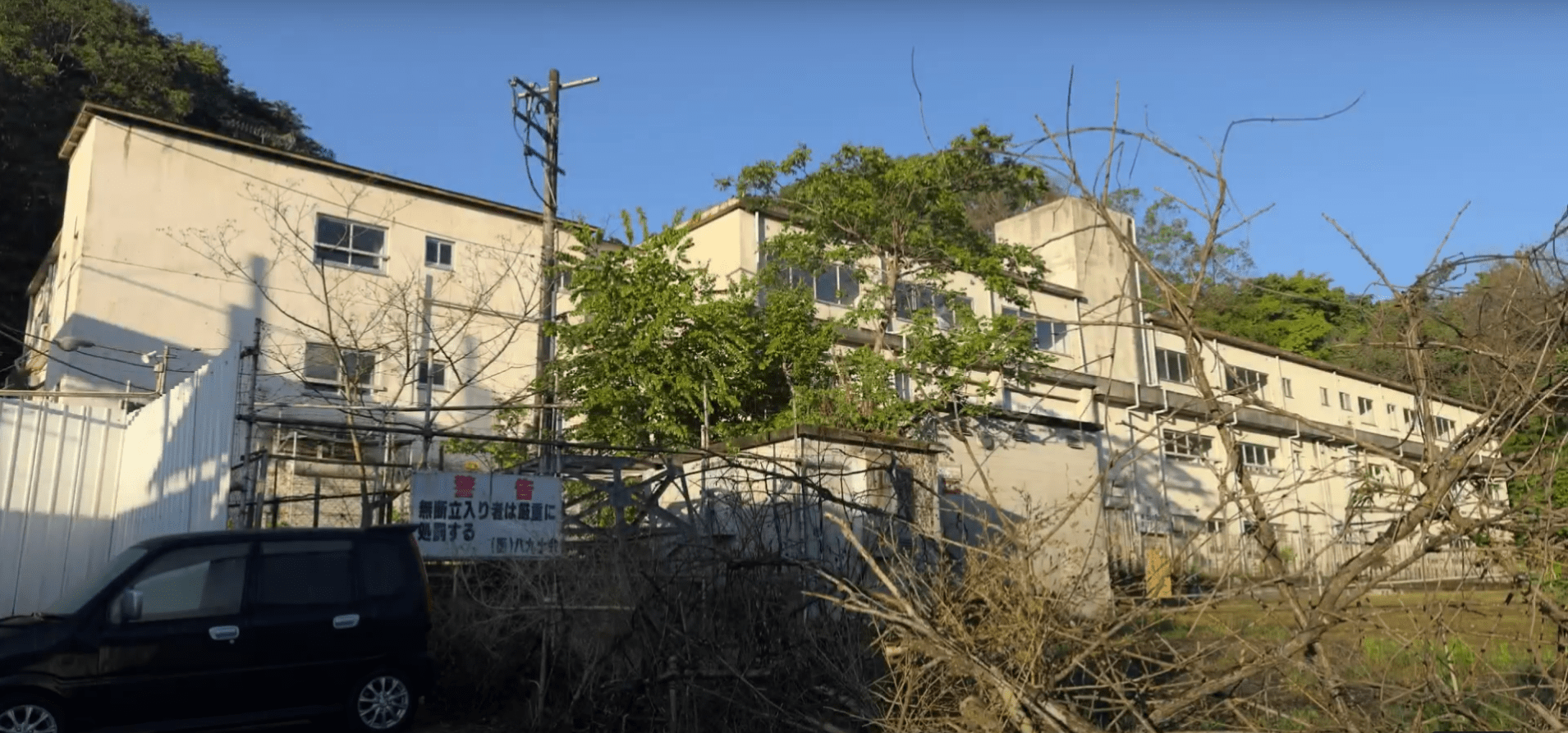 Screenshot from: Black Dragon_Karasu via YouTube
Screenshot from: Black Dragon_Karasu via YouTube
Also known as “Aio Hospital”, Sobu Hospital has been abandoned for more than 20 years. It started off as a regular hospital but was later converted to a psychiatric one. Over the years, there have been many efforts to tear the place down to make way for a new one, but “strange accidents” like workers being paralysed have stalled the process.
Legend has it that an old woman resides there and strangles anyone destroying her home. If all this rings a bell, Singapore’s Old Changi Hospital has a similar folklore. Part of the building has since been converted into a storage facility and is under strict control, so no trespassing, please.
Getting there: Take the bus from Hachioji Takiyama Station to Akiru Bridge then walk 15 minutes to the former hospital.
Find Former Sobu Hospital on Google Maps
6. Former Hitachi Aircraft/Tachikawa Factory Transformer
WW2 relic riddled with bullet holes
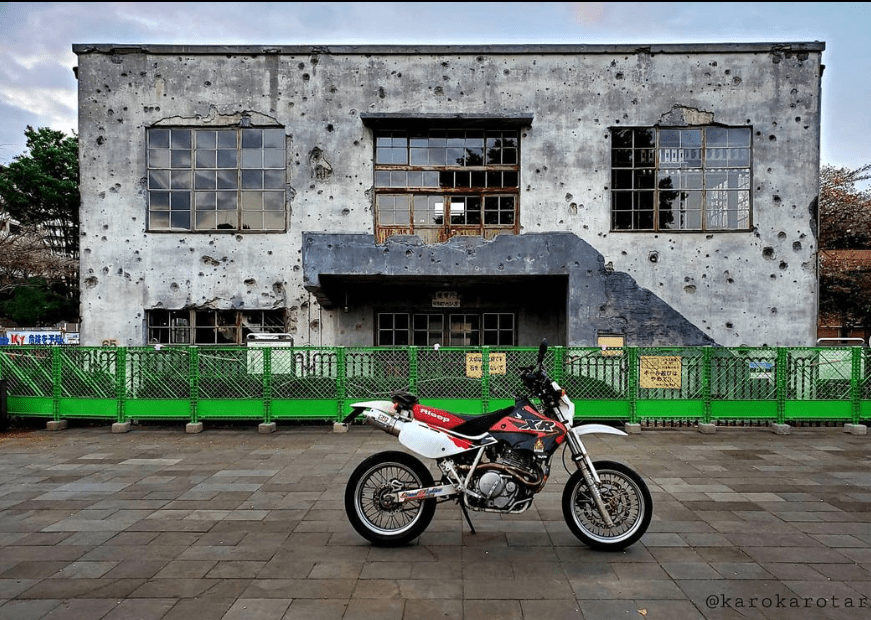
Image credits: @karokarotaro via Instagram
This building is one tough cookie. During WW2, the Former Hitachi Aircraft took hits from US Navy FF Hellcat fighters, US Army Air Force P-51 Mustang aircrafts, and was even spam bombed.
Even then the building soldiered on and after the war, it was used as the Tachikawa Factory Transformer. As a substation power plant for Fuji Motors, it continued supplying power to the nearby munitions factory. It operated until 1995, before being converted to a WW2 memorial.
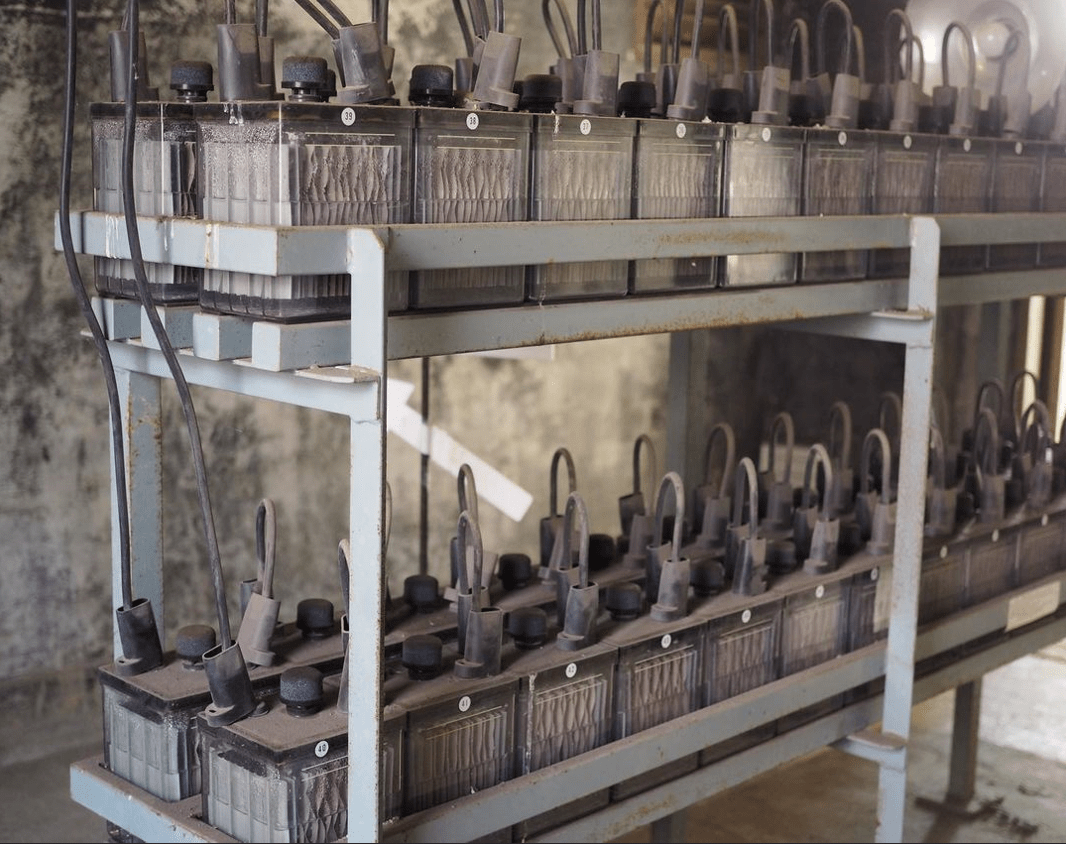
Image credit: @retu4696 via Instagram
The building is situated within Higashiyamato Minami Park which now has a playground and multiple sports facilities, so you’ll see lots of kids around the area. This war relic in the corner is a stark reminder for us all to appreciate the peace we have today.
Getting there: Take the Tama monorail from Takahatafudo Station to Tamagawa Josui Station and then walk 10 minutes to Higashiyamato Minami Park.
Find Former Hitachi Aircraft Substation on Google Maps
7. Old Old Fukiage Tunnel & Teahouse
Chilling backstory of a brutal murder
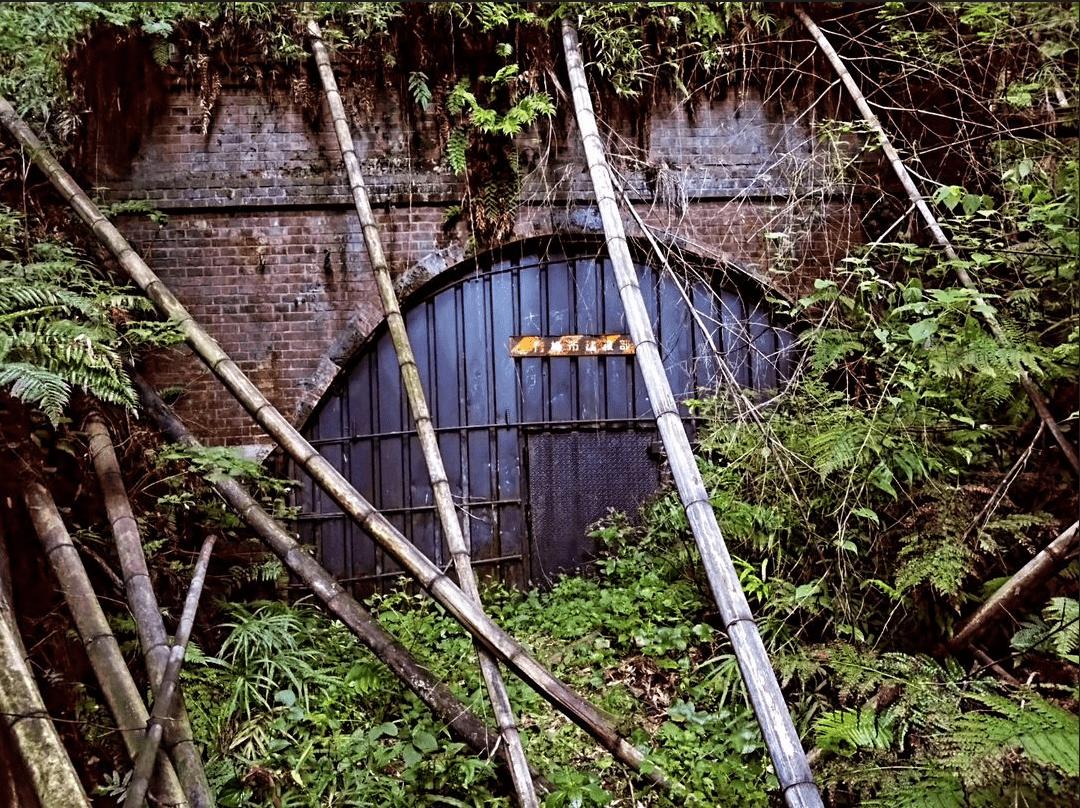 Image credit: @sydr0715_kuinetagram1010 via Instagram
Image credit: @sydr0715_kuinetagram1010 via Instagram
Not to be confused with the Old Fukiage Tunnel which is still operating, the Old Old Fukiage Tunnel has been sealed off. This is due to too many people going there to find ghosts in its crumbling structure. Funnily enough, both tunnels are infamous for being “haunted” so this location is the real deal.
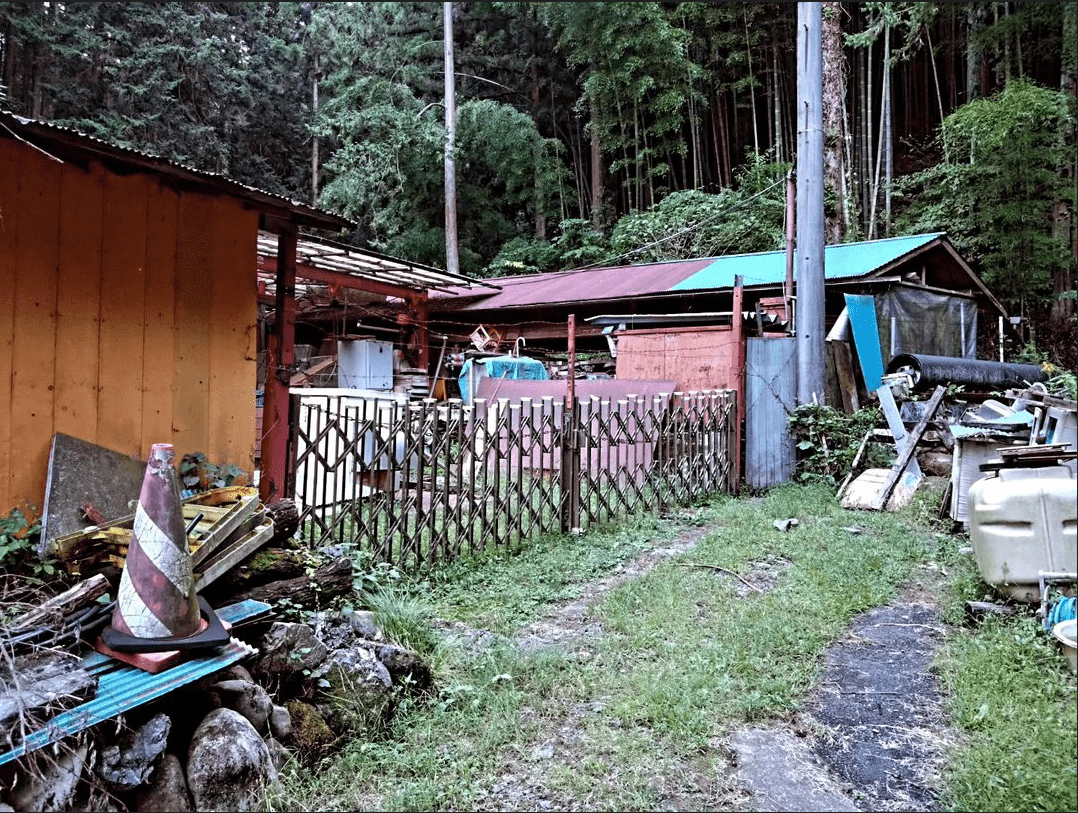 Image credit: @sydr0715_kuinetagram1010 via Instagram
Image credit: @sydr0715_kuinetagram1010 via Instagram
Close to the tunnel also lies an abandoned building. Allegedly, there was a teahouse just ahead which served ongoing travellers during bad weather. One day, a bunch of men robbed and murdered the elderly woman who owned the store. Since then, it’s become a hotspot for paranormal enthusiasts.
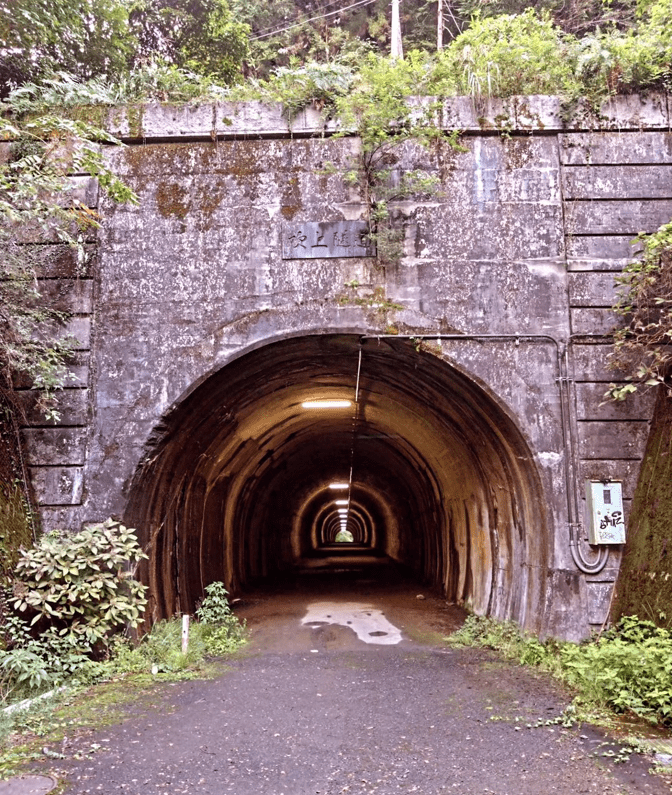
Old Fukiage Tunnel.
Image credit: @sydr0715_kuinetagram1010 via Instagram
Getting there: Take the Ome Line to Ome Station, then take bus 76 and alight at Ebisawa bus stop. Walk 18 minutes past the Fukiage Tunnel as well as the Old Fukiage Tunnel to get to the Old Old Fukiage Tunnel.
Find Old Old Fukiage Tunnel on Google Maps
8. Okutama Industrial Nichihara Dormitory
All-in-one apartment complex with movie theatre back in its heyday
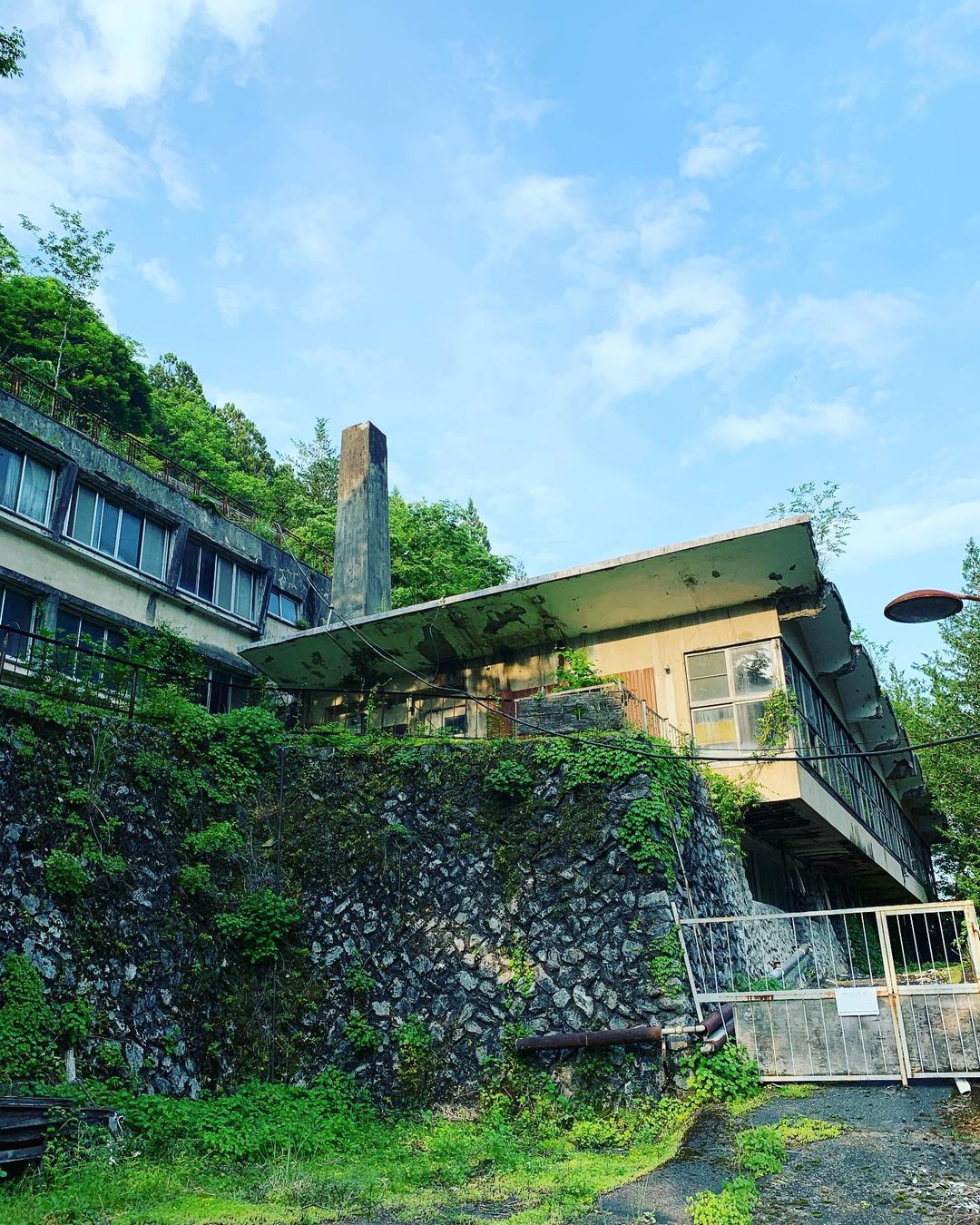 Image credit: @tomohiro.3007 via Instagram
Image credit: @tomohiro.3007 via Instagram
Okutama Industrial Nichihara Dormitory was more than just a dorm; it was also a movie theatre, dance hall, and supermarket. Back then, it housed workers who mined limestone produced in Nichibaru and Hikawa too. Despite being abandoned since the late 90s, the last reported occupancy was in 2020.
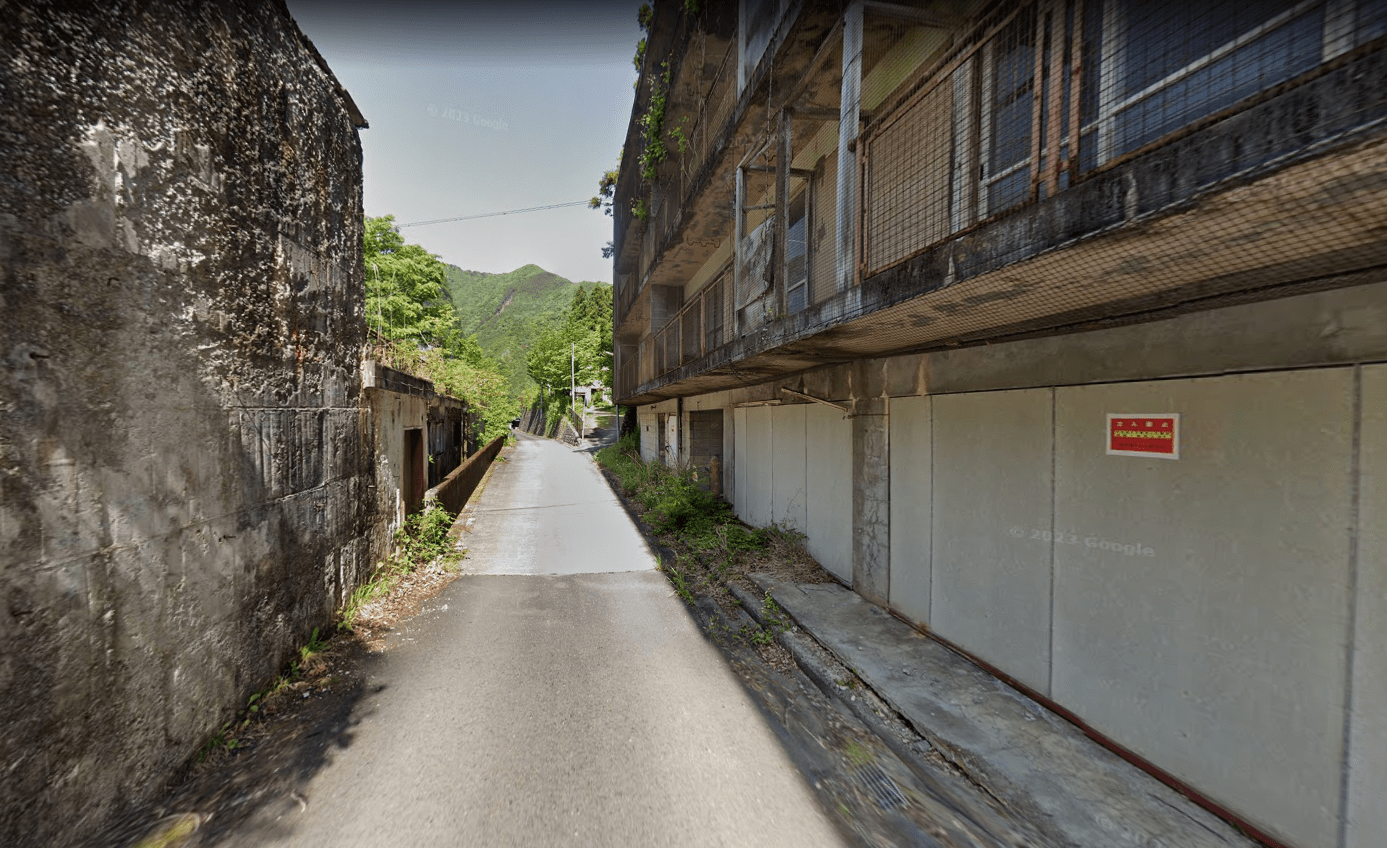 Screenshot from: Google Maps
Screenshot from: Google Maps
The road also leads to a famous place around Tokyo: The Nippara Limestone Cave. Back in the days, the workers used to toil and mine on the nearby site. You can explore that afterwards and see the fruits of the workers’ labour.
Getting there: Take bus 21 from Oku-Tama Station and alight at 850 Nippara bus stop, then walk 7 minutes to the dormitory.
Find Okutama Industrial Nichihara Dormitory on Google Maps
9. Hotel Quin
Love hotel broken-down
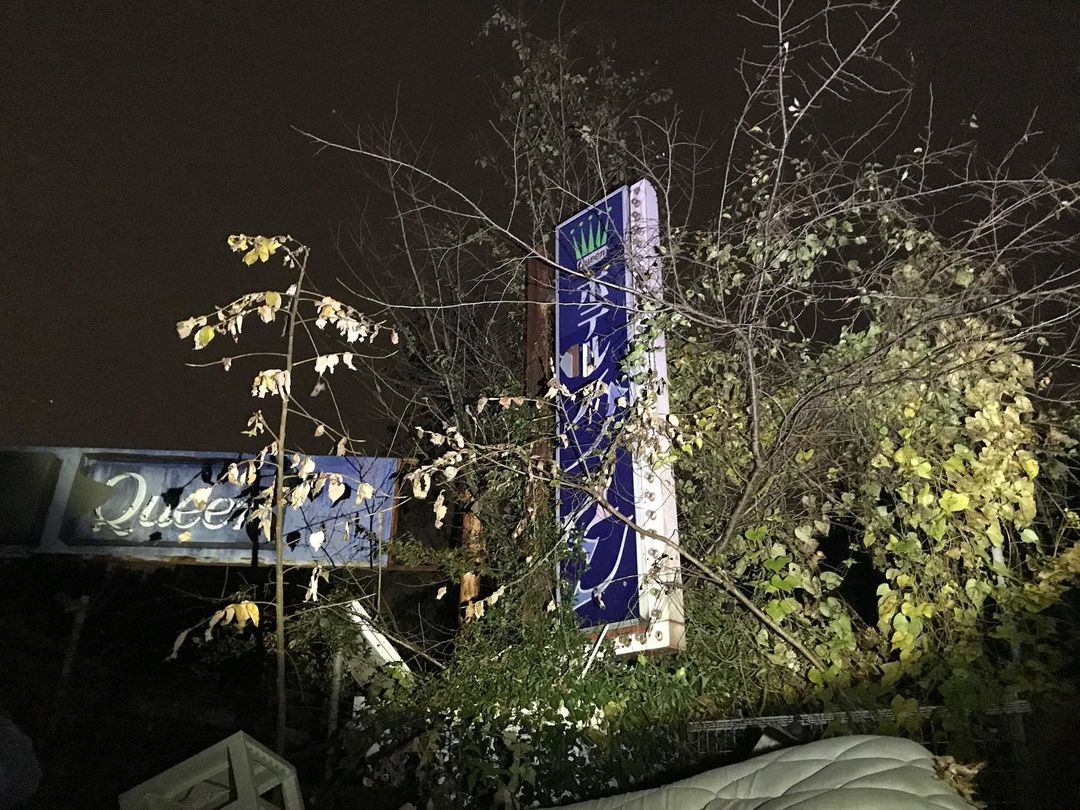 Image credits: @seichan13ghost via Instagram
Image credits: @seichan13ghost via Instagram
Also known as Rabuho or Tsurekomi, love hotels in Japan trended in the 1970s but their origins stem from the Edo Period of 1600-1868. Due to the Japanese society becoming more conservative over time, these hidden love hotels slowly started becoming more obscure across the country.
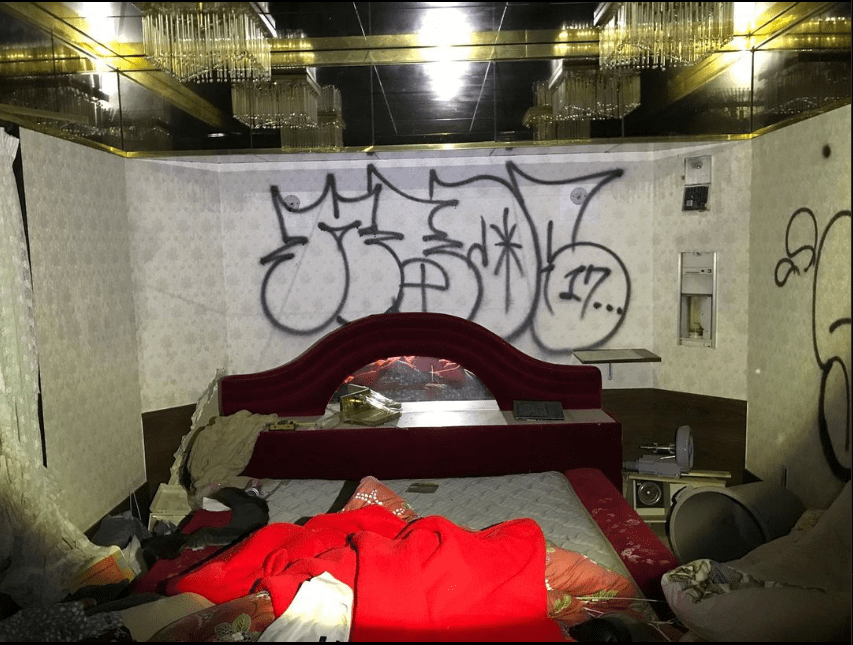
Image credit: @seichan13ghost via Instagram
Despite Hotel Quin being abandoned for several decades, it has stood the test of time where other love hotels have fallen literally. Since then, there have been numerous sightings of “ghosts” and vagrants.
Be warned that the area is a little shady, so don’t wear any bling or carry valuables and go there at night.
Find Hotel Quin on Google Maps
Bonus: Hachijo Royal Hotel
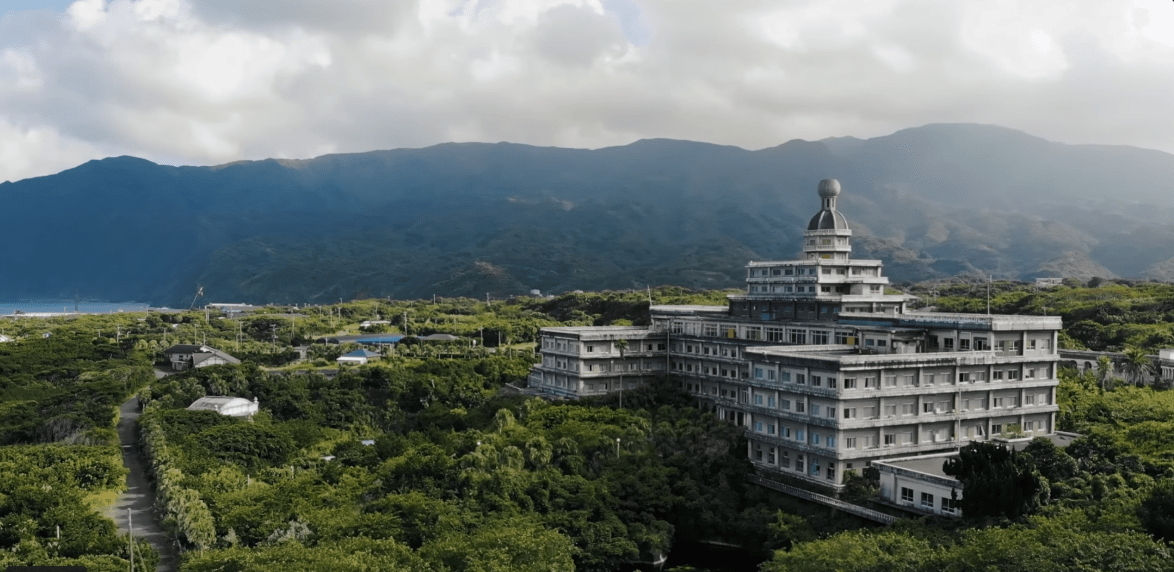 Screenshot from: The Proper People via YouTube
Screenshot from: The Proper People via YouTube
Back in the 1960s, everyone wanted to go to Hawaii for great food, jacuzzi baths, and sandy beaches. But if you were Japanese, in those days, you’d go to Hachioji Royal Hotel instead, as obtaining a passport for locals was difficult.
Located on the Island of Hachijojima, it offered hot spring packages so the locals didn’t have to travel so far. Unfortunately, the supply of hot spring water depleted, causing the hotel to go out of business in 2006, though it’s still standing there majestically till today.
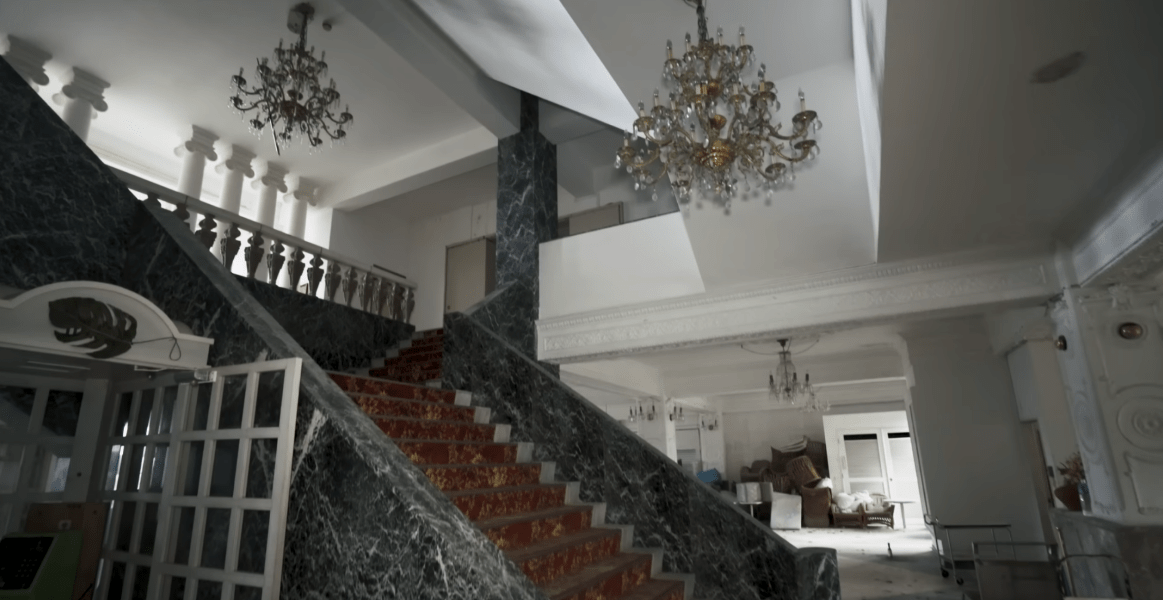 Screenshot from: The Proper People via YouTube
Screenshot from: The Proper People via YouTube
Hachijojima Island is located within a short 55-minute flight from Tokyo and there are many other amenities around, making it possible to incorporate this abandoned place into your trip.
Find Hachioji Royal Hotel on Google Maps
Exploring abandoned places in Tokyo
Make no mistake, exploring abandoned places or haikyo is a totally different ball game from tourist attractions. For that, always remember to bring your smartphone and preferably someone else with you. Don’t go in the wee hours of the morning or too late at night, duh. Above all, respect the place and its history and treat it like a place that’s meant to be preserved in time.
Btw, if you have an interest in “haikyo” but feel uneasy exploring these places, check out these abandoned studios in Japan that let you shoot for a fixed rate to still get that haikyo vibe for the ‘Gram.
For more useful guides on Japan check out:
- Ultimate Japan transport guide
- Best times to visit Japan
- Cherry Blossom activities in Tokyo
- Things to do in & around Okinawa
Cover image adapted from: Overland25, @icarus_toshiki, @seichan13ghost & @karokarotaro via Instagram
